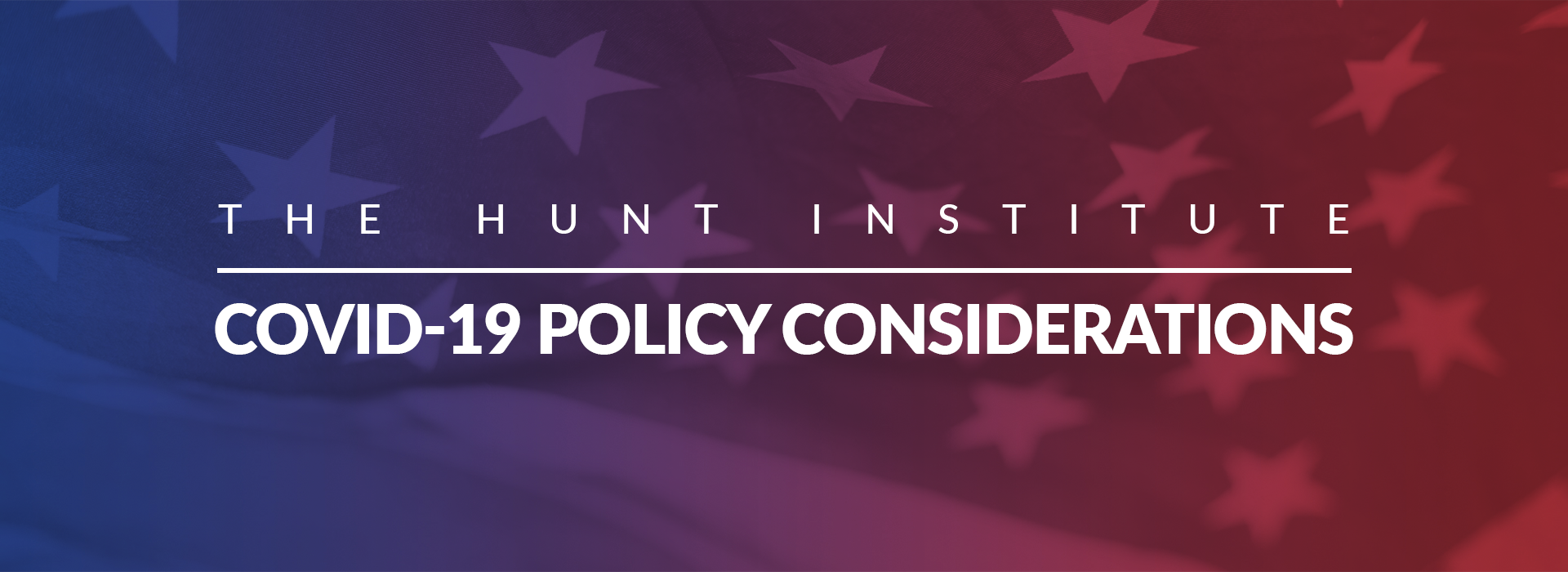

April 1, 2020
Updated: September 14, 2020
With the cancellation of spring 2020 assessments, states need to identify what to do in the absence of this vital information.
A significant challenge in waiving state assessments is that the data is used to strategically allocate financial and human capital resources, determine student promotion/retention, evaluate teachers and school leaders, and determine school voucher eligibility. Some states also use state assessments as a high school graduation requirement.
Eliminating state assessments requires shifts across the accountability system to compensate, and might have short- and long-term impacts. Removing one year of testing sounds like an easy fix, but growth models implemented by many states require multiple years of testing data. Eliminating one year would throw off the calculations currently in place. Further, using data from the 2018-19 school year to determine resource allocations could result in inadequate funds going to the schools most in need.
Without state assessments providing a clear picture of student knowledge and performance, schools and districts must find other ways to measure the effectiveness of whatever form of instruction is being used in lieu of the traditional classroom delivery.
State accountability systems are complex. A majority of states have codified their accountability measures into state law. As a result, those states must pass legislation that addresses this issue, and some also require input from the State Board of Education. Each state will have its own method of reforming state policy to adjust for last school year.
With the U.S. Department of Education and President Trump announcing that states can apply for testing waivers that will exempt them from last year’s assessments, states quickly canceled their state standardized tests. States that received this waiver could also receive permission not to use standardized testing data in future school accountability ratings. States who will need accountability data are faced with three options when it comes to accountability and funding, including:
| Option 1: Plug the previous year’s data into their accountability framework | States would take spring 2019 data and use that to report on their performance for the 2020 school year.
This would be relatively simple for states and districts; there would not need to be any additional calculations or estimations, and schools would simply use the test scores they reported the previous year. This frees up time for educators to focus on more pressing needs, such as ramping up online learning and feeding students. However, there are a number of concerns about the reliability of this data. It would not take into consideration any growth that students and schools had made, any changes in teacher quality or efficacy, any institutional changes school implemented, any learning loss that results from school closures, and countless other factors that can affect assessment scores. |
|
| Option 2: Estimate scores by projecting that students would maintain their same projectile ranking as 2018-2019 |
|
|
| Option 3: Wait to administer tests until schools are back in session |
|
Regardless, the application for federal accountability waivers stipulates that states agree that, “Any school that is identified for comprehensive or targeted support and improvement or additional targeted support and improvement in the 2019-2020 school year will maintain that identification status in the 2020-2021 school year and continue to receive supports and interventions consistent with the school’s support and improvement plan in the 2020- 2021 school year.”
Simultaneously, states and districts must determine a method of identifying schools that did not receive additional support in the 2019-20 school year that will need it for the current school year. Projecting student proficiency or waiting to test until a later date will provide the best opportunity to ensure that additional supports are available where needed.
In addition to accountability measures at the state level, schools and districts that are pursuing alternative instructional methods, including online learning or requiring students complete hard-copy packets, must identify their own measures to ensure that students are receiving equitable instruction in spite of the difficult circumstances. This is especially true when the primary measure of student engagement, student attendance, is no longer tenable.
Such measures will differ on a case-by-case basis, as needs, resources, and online learning infrastructure vary greatly within states. As a result, these measures will not be suitable for comparison, instead they would simply serve as an indicator of school level accountability to ensure fidelity of implementation. That said, these measures must ensure flexibility and fairness to teachers who often lack the training and time required to transition their course to online delivery. Experts indicate that these accountability measures for remote learning must at least include the existence of reasonable, clearly communicated expectations, and consistent, high-quality student support structures.